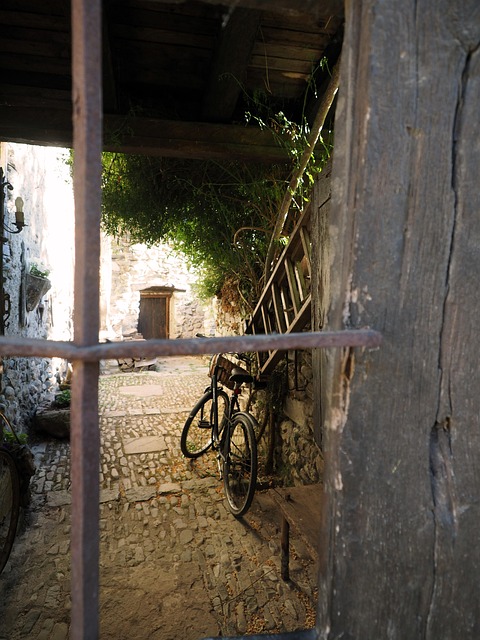Vietnam, known as a prominent kratom country, has secured its position in the global market due to its fertile landscapes and skilled farmers who cultivate diverse kratom strains like Maeng Da, Green Vietnamese, White Thai, and Red Borneo. While its popularity brings legal complexities and safety challenges, Vietnam remains a key supplier of high-quality kratom, requiring importers to navigate stringent regulations for legal and safe products within the kratom country market.
Vietnam has established itself as a prominent player in the global kratom scene, renowned for its high-quality leaves that cater to both local and international markets. This article delves into Vietnam’s rich history with kratom, exploring the cultivation practices that have made it a top producer. We’ll uncover the diverse types of kratom leaves originating from Vietnam, their unique properties, and various applications. Additionally, we’ll discuss the legal landscape and safety considerations surrounding the import of Vietnamese kratom products.
- Vietnam's Role as a Kratom Country: History and Cultivation
- Types of Kratom Leaves from Vietnam: Potent Varieties and Their Uses
- Exploring the Legal and Safety Aspects of Vietnamese Kratom Imports
Vietnam's Role as a Kratom Country: History and Cultivation
Vietnam has established itself as a prominent player in the global kratom scene, earning its reputation as one of the leading kratom countries. With a rich history spanning centuries, Vietnam’s association with kratom dates back to ancient times when it was used for medicinal purposes by local communities. Over time, the plant evolved from traditional folk medicine to a cultivated crop, fueled by its growing demand worldwide.
The country’s favorable climate and fertile landscapes provide ideal conditions for cultivating high-quality kratom leaves. Vietnamese farmers have perfected the art of growing various kratom strains, each with distinct properties, making Vietnam a sought-after source for both local and international markets. This thriving industry not only contributes to the country’s economy but also ensures a consistent supply of this popular herbal product to global consumers.
Types of Kratom Leaves from Vietnam: Potent Varieties and Their Uses
Vietnam has established itself as a prominent player in the global kratom market, renowned for its high-quality leaves that cater to both casual users and enthusiasts alike. The country’s diverse geography and favorable climate create ideal conditions for cultivating various kratom strains, each with unique properties and effects. From the potent Maeng Da to the relaxing Green Vietnamese, Vietnam offers a wide array of kratom varieties.
Maeng Da is arguably one of the most well-known and sought-after types, known for its strong pain-relieving capabilities and energetic effects. On the other hand, Green Vietnamese kratom leaves are favored for their calming and anxiolytic properties, making them popular among those seeking relaxation without drowsiness. Other notable varieties include White Thai, known for its clear mental focus, and Red Borneo, valued for its long-lasting sedating effects, offering a more subtle yet profound experience. These diverse options have solidified Vietnam’s position as a top kratom country, catering to the varied preferences of consumers worldwide.
Exploring the Legal and Safety Aspects of Vietnamese Kratom Imports
Vietnam has established itself as a prominent player in the global kratom market, earning it the title of a top kratom country. With its abundant natural resources and specialized farming practices, Vietnam produces some of the highest-quality kratom leaves known to the international community. However, along with this popularity comes an array of legal and safety considerations for both importers and consumers.
The legal landscape surrounding kratom imports in Vietnam is complex. While kratom itself is not outright banned, strict regulations govern its trade and distribution. Importers must navigate a series of permits and certifications to ensure compliance with local laws. Furthermore, the potential health risks associated with kratom consumption have prompted authorities to implement safety standards to protect consumers. It’s crucial for importers to stay updated on these regulations to offer safe and legal products in the market.
Vietnam, often hailed as the “kratom country,” has a rich history intertwined with this natural herb. Its diverse landscapes foster unique kratom varieties, each with distinct properties. Understanding the legal landscape and prioritizing safety is paramount when importing Vietnamese kratom leaves. By doing so, consumers can access the full potential of these potent plants while supporting sustainable cultivation practices in one of the world’s leading kratom producers.














